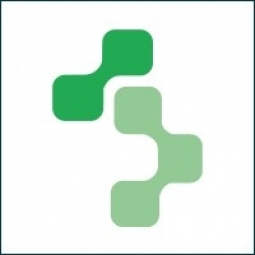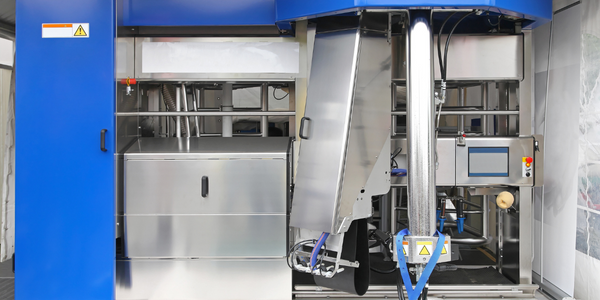Applicable Industries
- Agriculture
- Education
Applicable Functions
- Logistics & Transportation
- Quality Assurance
Use Cases
- Inventory Management
- Supply Chain Visibility
Services
- System Integration
- Training
About The Customer
The customers of the 3S system are primarily the smallholder farmers who produce cashews, as well as the various organizations and companies involved in the cashew supply chain. These include training institutions, local business development organizations, farmer organizations, and companies. The system is also used by a consortium of leading actors in the cashew sector, including ACi, ACA, Intersnack, TDG, Olam, Ahold, and Fairmatch. These organizations and companies use the 3S system to monitor and improve the sustainability of their operations, as well as to facilitate the exchange of best practices and knowledge.
The Challenge
Cashew production is primarily handled by smallholder farmers in Africa, India, Vietnam, and Brazil, with Africa accounting for 40% of the global production. The challenge lies in the lack of a comprehensive system to monitor and improve the sustainability of the cashew supply chain. The absence of a robust Management Information System (MIS) hampers the ability to track progress on sustainability goals and indicators. This lack of visibility and control over the supply chain also affects the ability of training institutions, local business development organizations, farmer organizations, and companies to monitor, evaluate, and adjust their sustainability efforts. Furthermore, the absence of a system to facilitate the exchange of best practices and knowledge hinders the scaling up of collective action.
The Solution
To address these challenges, a consortium of leading actors in the cashew sector developed and launched a Management Information System called Securing Sustainable Supply (3S). The 3S system is designed to capture and measure the impact and progress made on sustainability goals and indicators in the cashew supply chain. The output of the system is used by various stakeholders, including training institutions, local business development organizations, farmer organizations, and companies, to monitor, evaluate, adjust, and gear the sustainability improvements in the cashew chain. The system also facilitates the exchange of best practices and knowledge to encourage the scaling up of collective action. The 3S system uses specific configurations of the ChainPoint software, which offers functionalities such as farm crop management, full chain traceability, security and confidentiality, interfacing with existing ERP systems, and analytics and business intelligence.
Operational Impact
Quantitative Benefit

Case Study missing?
Start adding your own!
Register with your work email and create a new case study profile for your business.
Related Case Studies.
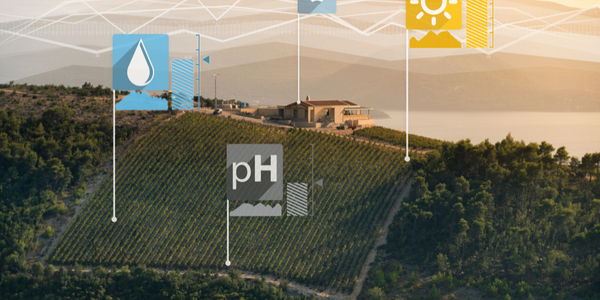
Case Study
Intelligent Farming with ThingWorx Analytics
Z Farms was facing three challenges: costly irrigation systems with water as a limited resource, narrow optimal ranges of soil moisture for growth with difficult maintenance and farm operators could not simply turn on irrigation systems like a faucet.
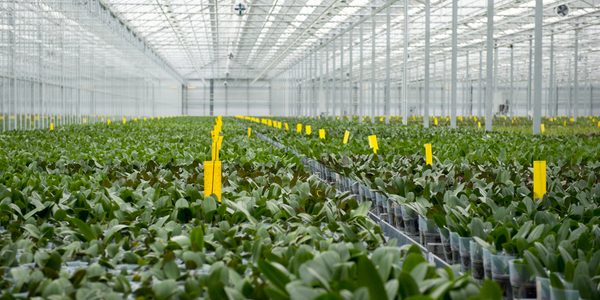
Case Study
Greenhouse Intelligent Monitoring and Control Solution
Farming Orchids is the most successful form of precision farming in Taiwan, and also the most exported flower. Orchids need a specific temperature and humidity conditions to grow and bloom, and its flowering time may not be in line with market demands, so the price collapses when there is overproduction. Therefore, some farmers began to import automated greenhouse control systems for breeding and forcing, which not only improves quality, but also effectively controls the production period and yield to ensure revenue. In 2012, an orchid farmer built a Forcing Greenhouse of about 200 pings (approximately 661 Square Meters) in Tainan, Taiwan. The system integrator adopted Advantech’s APAX-5000 series programmable automation controllers to build the control platform, coupled with Advantech WebAccess HMI/SCADA software, to achieve cloud monitoring. The staff of the orchid field can monitor important data anytime via smart phone, iPad, and other handheld devices, and control the growth and flowering conditions. System requirements: In the past, most environmental control systems of orchid greenhouses in Taiwan used PLCs (Programmable Logic Controller) with poorscalability and control, and could not be connected to the Internet formonitoring from the cloud. For advanced database analysis and networking capability, the PC platform must be adopted. Therefore, PAC Systems (Programmable Automation Controller) with both PLC programming capabilities andPC functions is a better choice.The environmental control of the Orchid greenhouse switches on and off devices like fan, shade net, cooling/heat pump, liquid flow control, water-cooling wall etc. It is controlled by a control panel of electric controllers, and is driven by a motor, to adjust the greenhouse temperature, humidity, and other environmental conditions to the set parameters.
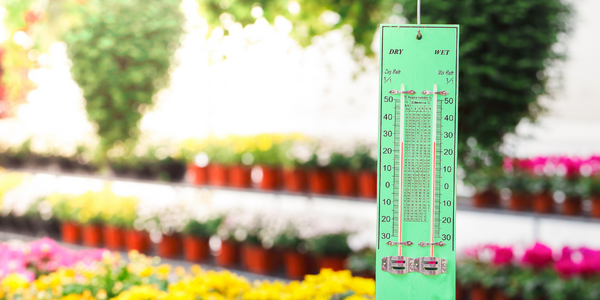
Case Study
Precision beekeeping with wireless temperature monitoring
Honeybees are insects of large economic value and provide a vital service to agriculture by pollinating a variety of crops. In addition, bees provide us with valuable products such as honey, beeswax, propolis, bee venom, etc. Monitoring of honeybee colony health, population, productivity, and environmental conditions affecting the colony health have always been exceedingly difficult tasks in apiculture. Research has shown that even small deviations (by more than 2°C) from the optimal temperatures have a significant influence on the development of the brood and the health of adult bees.
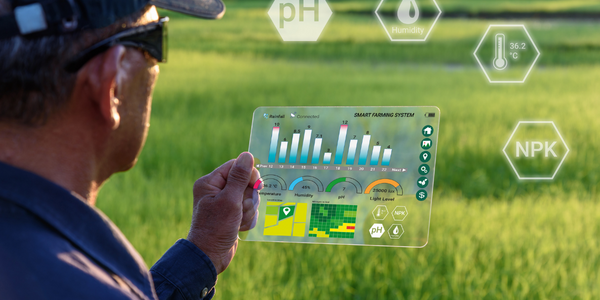
Case Study
Enabling Internet of Things Innovation in Agriculture
DigiBale, wanted to apply technology know-how and IP from implementations successfully to more agriculture sectors including cotton, forestry, sugarcane and cattle. However, farmers and growers still have worries about the connected technology.




